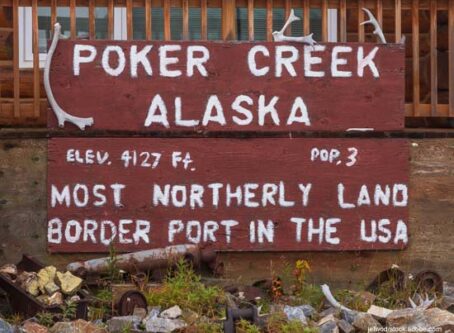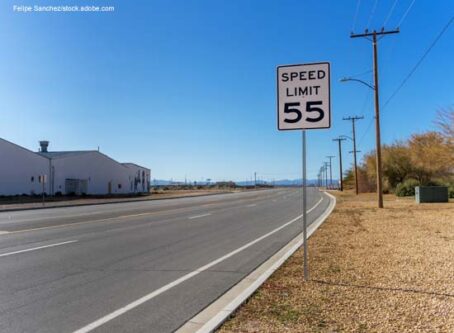Southern California toll lawsuit settlement worth $217M gets the greenlight
A California federal court has granted preliminary approval of a multimillion dollar settlement between Southern California toll agencies and motorists worth a total of nine figures.
On May 17, Judge Otis D. Wright of the U.S. District Court in California’s Central District gave preliminary approval of two settlements in a lawsuit claiming privacy violations on Southern California tolls on Routes 73, 91, 133, 241 and 261. One settlement is with the Orange County Transportation Authority. The other settlement involves the Transportation Corridor Agency and 3M.
In April, the Orange County Transportation Authority reached a settlement valued at $41 million in the Southern California toll lawsuit accusing the agency of illegally sharing personally identifiable information of motorists on the 91 Express Lanes. Of that money, $40 million will be for forgiven penalties. The remaining $1 million will be for cash awards for certain plaintiffs.
According to court documents, the settlement affects anyone whose personally identifiable information, including the date, time and location of a toll transaction, was sent to a third party for purposes of collecting a toll incurred on the 91 Express Lanes.
Motorists who received toll penalties will have each penalty reduced to no more than $100 plus an additional $40 reduction.
For example, if a motorist received 10 toll violations worth $1,810 ($100 for the first violation, $150 for the second violation, and up to $195 for each successive violation), that debt will be reduced to $1,000 (all 10 violations reduced to $100 each). With the $40 per violation subtracted, the motorist would only owe $960 instead of $1,810 of 91 Express Lanes toll violations.
The Orange County Transportation Authority class members in the Southern California toll lawsuit settlement include any person:
- Whose license plate number was sent by defendants to the California Department of Motor Vehicles or out-of-state equivalent, directly or through a subcontractor, in connection with more than one alleged toll violation incurred on the 91 Express Lanes.
- With a transponder account with a nonparty toll agency whose personally identifiable information, including the date, time and location of a toll transaction, was sent by defendants to a nonparty toll agency for purposes of collecting a toll incurred on the 91 Express Lanes.
- Whose personally identifiable information was sent to a car rental company by defendants in connection with an alleged toll violation incurred on the 91 Express Lanes.
- Whose personally identifiable information, other than the amount of tolls and penalties owed, the violation number, or the violator’s account number, was sent by defendants to a third-party debt collector for the collection of unpaid tolls and/or toll violation penalties incurred on the 91 Express Lanes.
In November, the Transportation Corridor Agency and 3M reached a similar settlement in the same Southern California toll lawsuit valued at nearly $176 million.
That settlement deals with motorists who received toll violations on state Routes 73, 133, 241 and 261. The 3M and Transportation Corridor Agency class consists of any person
- With a transponder account with a toll agency whose personally identifiable information was sent by 3M or Transportation Corridor Agency from April 13, 2015, through 30 days after the date of the final order to another toll agency.
- Who used any of the Transportation Corridor Agency toll roads whose personally identifiable information was sent by 3M or Transportation Corridor Agency to a third party from April 13, 2015, through 30 days after the date of the final order in connection with efforts to collect tolls or penalties.
- Whose personally identifiable information was sent by 3M or the Transportation Corridor Agency to a third party from April 13, 2015, through 30 days after the date of the final order for any reason other than those listed above.
With preliminary approval granted, both parties are given the green light to smooth out details and proceed with the settlement process. Additionally, a website was ordered to be created to inform potential class members of the settlement. As of publication, that website had not been established. LL









